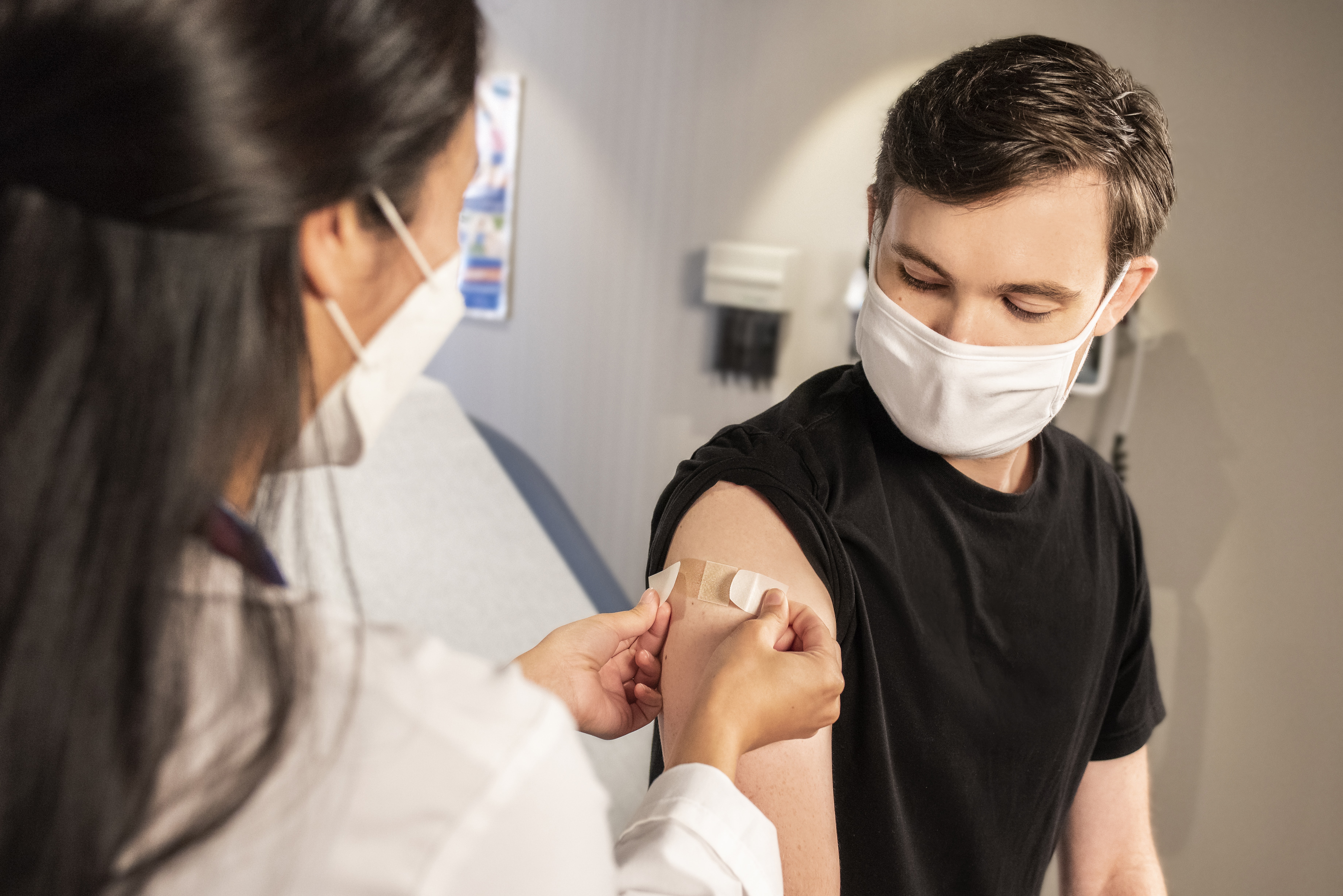Everyone has germs in their bodies called bacteria and viruses. Viruses usually cause sickness, while there are both “good” and “bad” bacteria. Certain bacteria are normally found inside your body and help in normal bodily processes.
Virus
A virus is a microscopic organism that attacks the cells of a living organism and can live inside a host as well as on surfaces. Many are dangerous and can cause minor to severe disease and illness. A virus commonly can be spread from droplets that are sprayed through coughing or sneezing or can be airborne.
Bacteria
Bacteria are single-cell organisms that can live anywhere and on any surface. They can be located inside and outside of the body. Some are beneficial to everyday life, while others can be extremely harmful. Many of these microbial agents are found in parts of the body like the gut and help break down the contents, while others can cause severe infection, both on the inside and on the surface of the body.
Antibiotics
Antibiotics are drugs that kill bacteria germs and can only treat sickness that is caused by bacteria. This includes strep throat, urinary tract infections (UTI), skin infections, and many others.
Antibiotics don’t work on illnesses caused by viruses. This includes most flu and common cold symptoms, such as sore throats, sinus infections, chest colds, and bronchitis.
Taking an antibiotic when you don’t need it can also make your body resistant to antibiotics – meaning the next time you really need antibiotics to fight a bacterial infection, they may not work as well to cure you.
Prevention Methods
- Wash Your Hands - Hand hygiene is the single most effective way to prevent the spread of infection to yourself and others
- Cover Your Cough - Cover your cough and sneezes to prevent the spread of respiratory infections to other people including influenza.



 The clinical pharmacy team at the
The clinical pharmacy team at the 